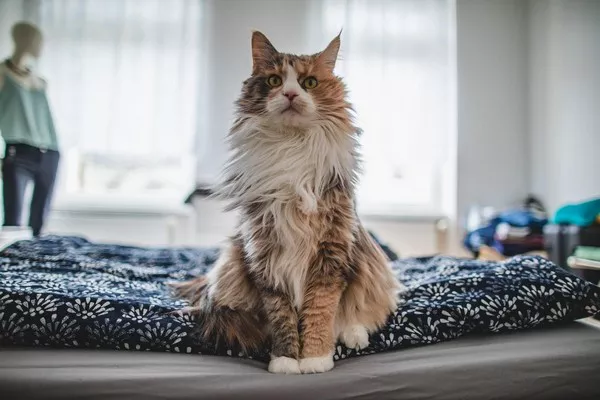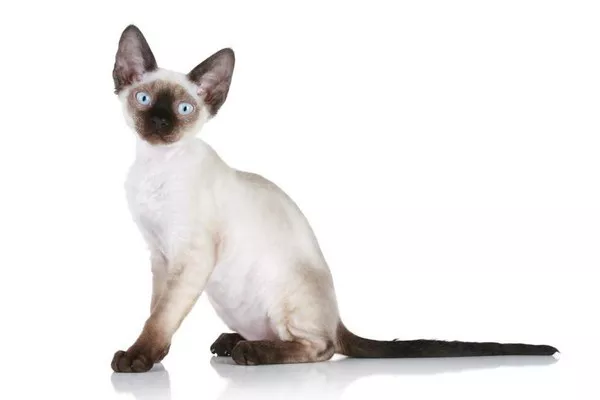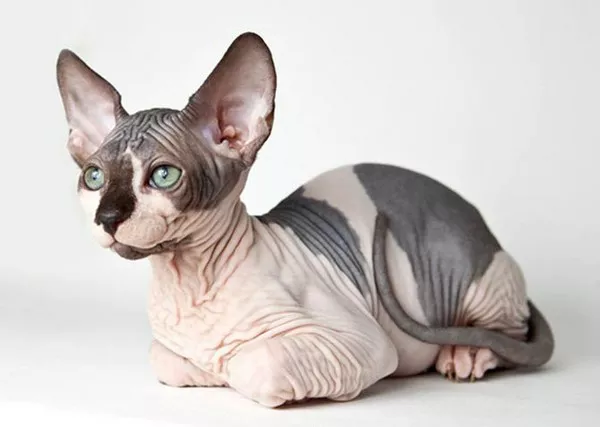Breeding Ragdoll cats is a labor of love and commitment, requiring knowledge, dedication, and a deep affection for these charming felines. Ragdolls are renowned for their gentle disposition, striking blue eyes, and semi-long fur, making them one of the most sought-after cat breeds. If you’re considering becoming a Ragdoll cat breeder, it’s crucial to approach the endeavor with the utmost care and responsibility. In this comprehensive guide, we’ll walk you through the essential steps of breeding Ragdoll cats while prioritizing their health, well-being, and ethical breeding practices.
Understanding Ragdoll Cats
Before embarking on a breeding journey, it’s vital to have a thorough understanding of the breed. Ragdoll cats are known for their unique characteristics:
Temperament: Ragdolls are affectionate and docile, often described as “puppy-like” due to their desire for human companionship. They are known for their tendency to go limp when held, hence the name “Ragdoll.”
Physical Features: Ragdolls have striking blue eyes, semi-long fur, and color-pointed patterns on their ears, face, paws, and tail. Their coat is known for minimal matting, making grooming more manageable.
Health Considerations: Ragdolls are generally healthy cats, but they may be prone to certain genetic conditions, such as hypertrophic cardiomyopathy (a heart condition) and kidney disease. Responsible breeding practices aim to reduce the risk of passing on these conditions.
Ethical Considerations in Ragdoll Breeding
Breeding Ragdoll cats should always be guided by ethical principles. This includes:
Responsible Ownership: Only breed Ragdoll cats if you can provide a loving and safe environment for both the breeding pair and their offspring. Ensure you have the time, space, and resources necessary to care for the cats.
Genetic Health: Prioritize the health of your breeding cats. They should be screened for hereditary conditions to reduce the risk of passing on genetic diseases.
Compliance with Legal Regulations: Familiarize yourself with local and national regulations regarding cat breeding. Ensure you meet all legal requirements, including licensing and health standards.
Education: Continuously educate yourself on Ragdoll genetics, breeding practices, and cat care. Join breed clubs and networks to learn from experienced breeders.
Selecting the Right Breeding Pair
Choosing the right breeding pair is a critical decision that will influence the future generations of Ragdoll kittens. Consider the following when selecting breeding cats:
Health Screening: Both the male and female should undergo comprehensive health screenings to detect genetic conditions. Ideally, they should be free from known hereditary diseases.
Temperament: Ragdoll cats should have the characteristic gentle and affectionate temperament. Observe the behavior of the cats and ensure they are well-socialized and friendly.
Conformation to Breed Standards: Your breeding cats should adhere to the Ragdoll breed standards regarding coat color, pattern, and other physical attributes.
Bloodlines: Research the bloodlines of your breeding cats to avoid inbreeding, which can increase the risk of genetic conditions.
Preparing for Breeding
Once you have your breeding pair, it’s essential to create a safe and comfortable environment for the cats. This includes:
Housing: Provide separate, spacious enclosures for the male and female cats to prevent accidental mating. Ensure the spaces are clean, well-ventilated, and equipped with cozy bedding.
Nutrition: Feed your breeding cats a high-quality diet to support their health and reproduction. Consult with a veterinarian to create a nutrition plan.
Healthcare: Schedule regular vet visits for your breeding cats to monitor their health and ensure they are up to date on vaccinations and preventative care.
Record-keeping: Maintain detailed records of your cats’ health, breeding dates, and lineage. This information is crucial for tracking the kittens’ health and history.
The Breeding Process
Ragdoll cats typically have two breeding seasons per year. When your female cat is in heat, introduce her to the male cat, supervised, to encourage mating. After a successful mating, the female will undergo a gestation period of approximately 63-65 days before giving birth to a litter of kittens.
Caring for Pregnant Cats and Kittens
Pregnant Ragdoll cats require special care. During pregnancy and lactation, ensure they receive a balanced diet with the guidance of your veterinarian. Provide a quiet, stress-free environment for the mother cat to give birth and care for her kittens.
Finding Loving Homes for Kittens
Once the kittens arrive, your responsibility doesn’t end. Finding loving and responsible homes for them is crucial. Screen potential adopters carefully to ensure they can provide a safe and loving environment for the kittens. Provide kittens with their initial vaccinations and health checks before they leave for their new homes.
Continuous Learning and Improvement
Ragdoll breeding is an ongoing learning process. Stay informed about the latest developments in genetics and feline health. Regularly consult with experienced breeders and veterinarians to improve your breeding program.
Conclusion
Breeding Ragdoll cats is a rewarding but demanding endeavor that requires commitment to ethical and responsible practices. Prioritize the health and well-being of your cats, and be prepared for the responsibilities of raising and finding homes for kittens. With dedication and a love for the breed, you can contribute to the preservation and betterment of Ragdoll cats while ensuring their future generations thrive in loving homes.



























